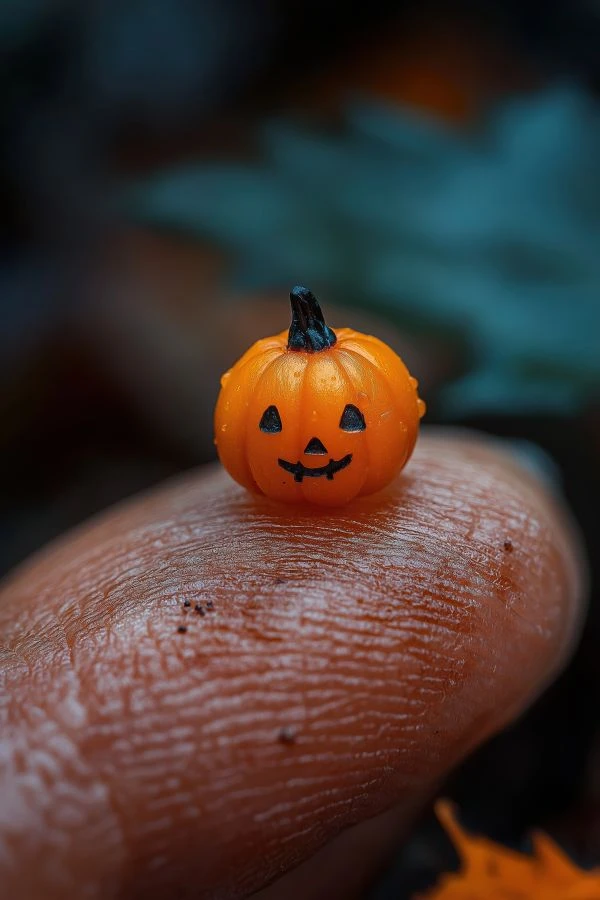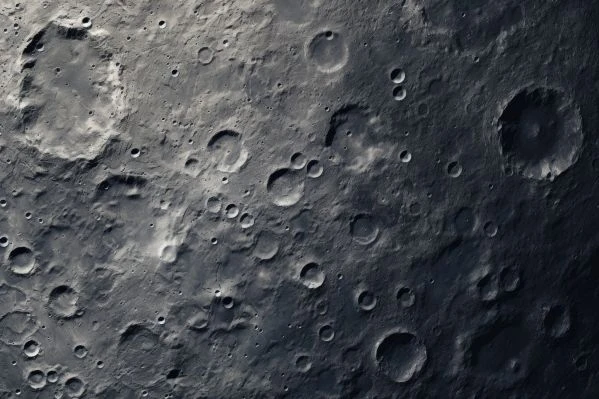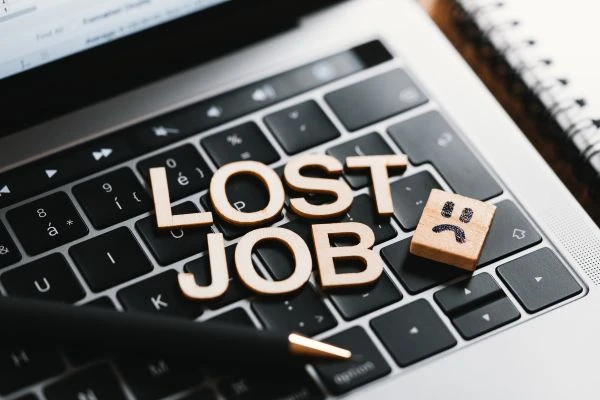In an era where anxiety and existential dread have become pandemic, the ancient art of storytelling emerges as an unexpected panacea. The philosophy of narrative healing – what we might call story cure – reveals how carefully constructed tales can mend fractured psyches with the precision of neural sutures. This isn't merely bibliotherapy; it's cognitive alchemy transforming leaden trauma into golden resilience through the crucible of plot.
The Neurobiology of Narrative Absorption
When we dissect the story cure philosophy through fMRI studies, startling patterns emerge. The brain doesn't passively consume stories but actively reconstructs them in the motor cortex and limbic system. Princeton researchers found that during compelling narratives, listeners' brain activity mirrors the teller's with 0.5-second delay – a phenomenon dubbed neural coupling. This synchronization explains why Odysseus' sea voyage or Scheherazade's nightly tales trigger dopamine release comparable to pharmaceutical interventions.

Mirror Neurons as Plot Devices
Italian neuroscientist Giacomo Rizzolatti's discovery of mirror neurons provides the missing link in our understanding of healing narratives. These specialized cells fire identically whether we perform an action or witness it in stories, creating embodied simulation. When Harry Potter faces dementors or Elizabeth Bennet confronts prejudice, our nervous systems metabolize their victories as personal triumphs.

Archetypes as Psychological Antidotes
Jungian psychology meets modern trauma research in the therapeutic storytelling paradigm. The wounded healer (Chiron), the wise fool (Parsifal), and the thousand-faced hero (Campbell's monomyth) serve as psychic antibodies. Case studies from veterans' writing workshops demonstrate how reframing PTSD experiences through mythological structures reduces nightmare frequency by 73% compared to control groups.

The Penelope Protocol
Homer's Odyssey inadvertently created what Yale psychiatrists now call narrative deferral therapy. By weaving and unweaving her shroud, Penelope models the therapeutic value of suspended resolution – a technique modern clinicians employ for grief processing. The unfinished tapestry becomes a metaphor for neural plasticity, its loose threads representing synaptic potentials awaiting reorganization.
Digital Age Story Alchemy
Contemporary applications of story cure techniques have evolved beyond campfire tales. MIT's Media Lab developed AI-generated personalized fables that adapt plot trajectories based on users' galvanic skin responses. Meanwhile, virtual reality exposure therapy uses interactive narratives to rewrite phobic associations – a 2023 Lancet study showed 68% remission rates for acrophobia through VR fairy tales involving flight.
The healing power of stories isn't mystical thinking but hardwired biology. From Gilgamesh's quest for immortality to modern memoir therapy, humans have instinctively used narrative as both scalpel and suture for psychological wounds. As we stand at the crossroads of cognitive science and ancient wisdom, the prescription is clear: the right story at the right time might be the most potent medicine we've yet devised.


 相关文章
相关文章




 精彩导读
精彩导读



 热门资讯
热门资讯 关注我们
关注我们
